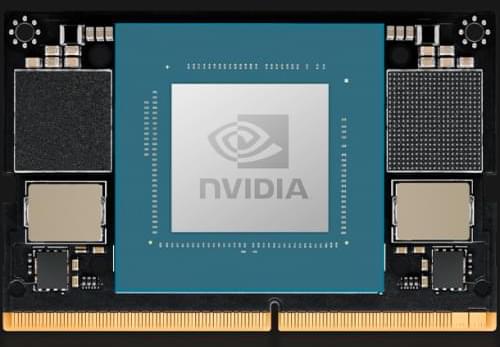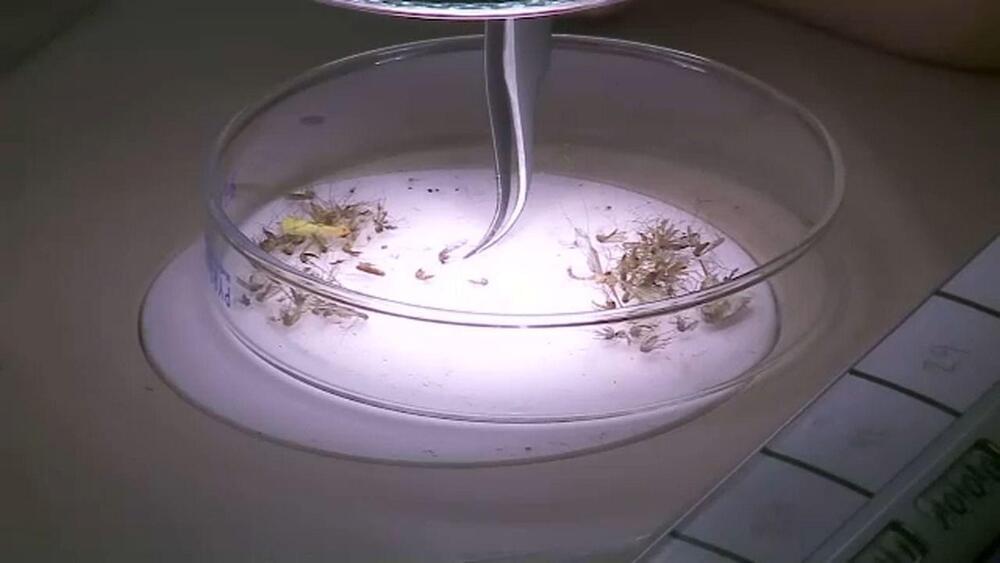My head is currently swirling and whirling with a cacophony of conceptions. This maelstrom of meditations was triggered by NVIDIA’s recent announcement of their Jetson Orin Nano system-on-modules that deliver up to 80x the performance over the prior generation, which is, in their own words, “setting a new standard for entry-level edge AI and robotics.”
One of my contemplations centers on their use of the “entry level” qualifier in this context. When I was coming up, this bodacious beauty would have qualified as the biggest, baddest supercomputer on the planet.
I’m being serious. In 1975, which was the year I entered university, Cray Research announced their Cray-1 Supercomputer. Conceived by Seymore Cray, this was the first computer to successfully implement a vector processing architecture.








